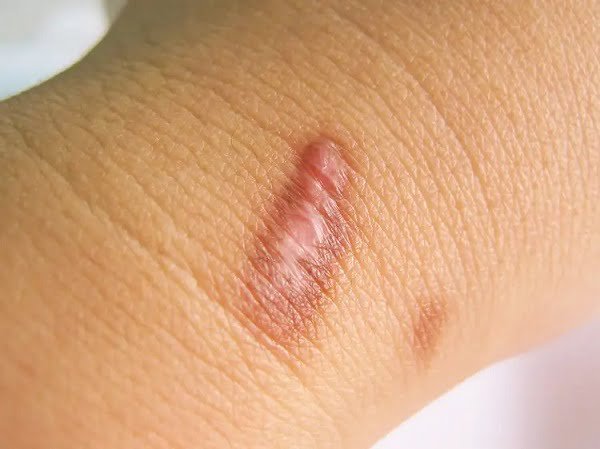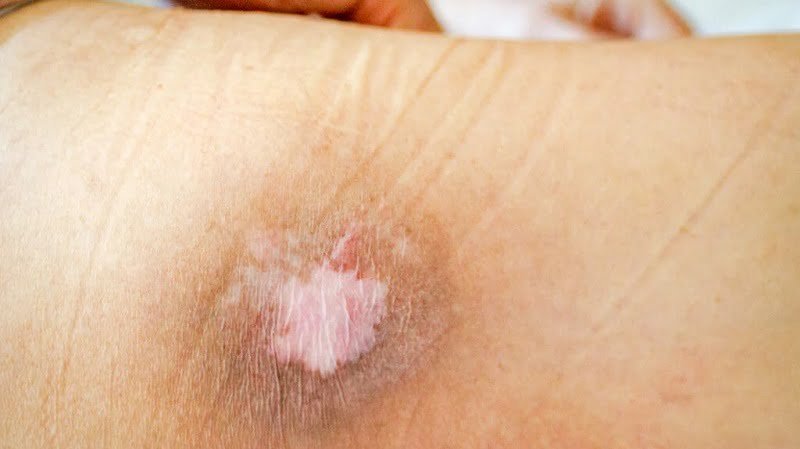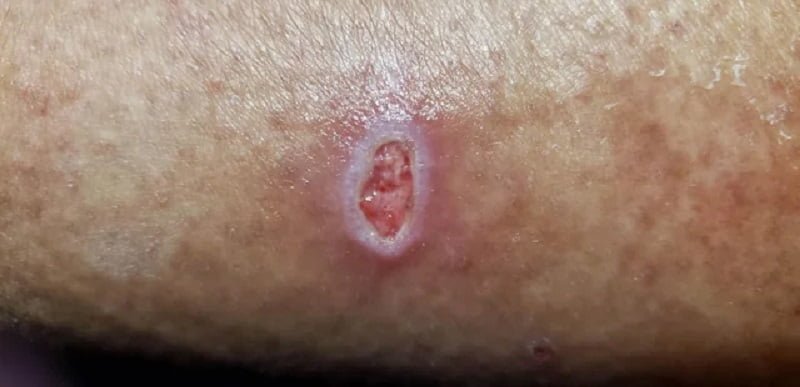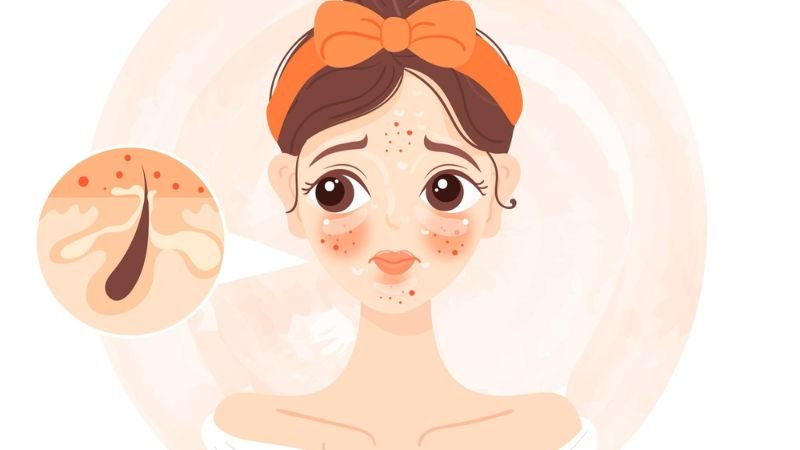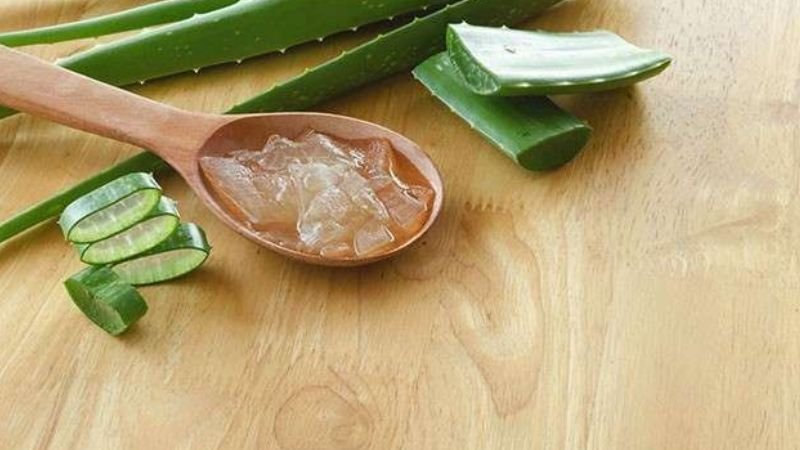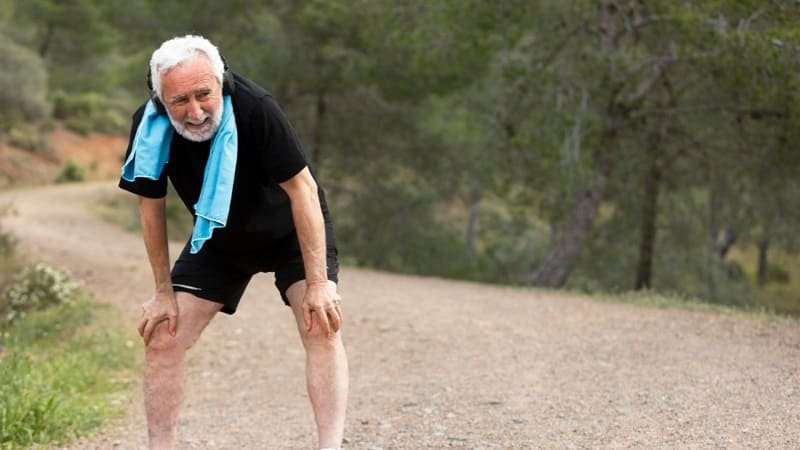Introduction
After patiently waiting for a scab to heal, seeing it fall off can be a relief. However, the journey to full recovery isn’t quite over yet. Once the scab falls off, it’s crucial to know how to properly care for the wound underneath to ensure optimal healing and minimize the risk of infection or scarring. In this comprehensive guide, we’ll delve into what to put on a wound after the scab falls off.
Understanding the Wound Healing Process
Before diving into wound care, let’s briefly review the stages of the wound healing process. After sustaining an injury, the body initiates a complex series of events to repair the damaged tissue:
- Hemostasis: Blood vessels constrict to stop bleeding, and platelets form a clot to seal the wound.
- Inflammation: The body sends immune cells to the wound site to fight infection and remove debris.
- Proliferation: New tissue, including collagen, forms to fill the wound and create a framework for healing.
- Remodeling: The wound undergoes remodeling as new tissue matures and strengthens, eventually resulting in scar formation.
What to Put on a Wound After the Scab Falls Off
Antibacterial Ointment:
- After the scab falls off, apply a thin layer of antibacterial ointment, such as bacitracin or Neosporin, to the exposed wound. This helps prevent infection and keeps the wound moist, which supports the healing process.
Hydrocolloid Dressing:
- Consider using a hydrocolloid dressing to cover the wound. These dressings create a moist environment that promotes faster healing and reduces the risk of scarring. Plus, they provide a barrier against bacteria and other contaminants.
Petroleum Jelly:
- Petroleum jelly, such as Vaseline, can also be beneficial for wound care after the scab falls off. It creates a protective barrier over the wound, locking in moisture and preventing the wound from drying out.
Non-Stick Gauze Pad:
- If the wound is large or in an area prone to friction, cover it with a non-stick gauze pad to protect it from further injury. Secure the gauze in place with medical tape or a bandage wrap.
Dos and Don'ts for Wound Care
Dos:
- Keep the wound clean and dry.
- Change dressings regularly to prevent infection.
- Monitor the wound for signs of infection, such as increased redness, swelling, warmth, or discharge.
- Follow any additional instructions provided by your healthcare provider.
Don’ts:
- Don’t pick at or scratch the wound.
- Avoid exposing the wound to sunlight, as UV radiation can slow down the healing process and increase the risk of scarring.
- Don’t use harsh antiseptics or alcohol-based products on the wound, as they can irritate the skin and delay healing.
Conclusion
Caring for a wound after the scab falls off is a critical step in the healing process. By following the guidelines outlined in this comprehensive guide, you can provide the necessary care to promote optimal healing and minimize the risk of complications. Remember to be patient and consistent with your wound care routine, and don’t hesitate to seek medical attention if you have any concerns about the healing process. With proper care, your wound will heal beautifully, leaving behind minimal scarring.
Faq related to "What to put on wound after scab falls off"
The healing time for a wound after the scab falls off can vary depending on factors such as the size and depth of the wound, individual healing factors, and proper wound care. In general, most wounds heal within one to two weeks after the scab falls off, but larger or deeper wounds may take longer to fully heal.
It’s generally safe to apply over-the-counter antibacterial ointments, such as bacitracin or Neosporin, on a wound after the scab falls off. These ointments help prevent infection and keep the wound moist, which supports the healing process. However, if you have any concerns or allergies, it’s best to consult with a healthcare professional before applying any medication.
While it’s not always necessary to cover the wound with a dressing after the scab falls off, using a non-stick gauze pad or a hydrocolloid dressing can provide an additional layer of protection and promote faster healing. However, if the wound is small and in an area that’s not prone to friction or contamination, leaving it uncovered may be sufficient.
It’s important to change the dressing on the wound regularly to prevent infection and promote healing. Depending on the condition of the wound and the type of dressing used, you may need to change it once or twice a day, or as instructed by your healthcare provider. Make sure to clean the wound and apply a fresh dressing each time you change it.
Yes, you can shower or bathe with a wound after the scab falls off, but it’s important to take precautions to keep the wound clean and dry. Avoid soaking the wound in water for extended periods and gently pat it dry with a clean towel after bathing. If the wound is in an area that’s difficult to keep dry, consider covering it with a waterproof dressing or barrier.
If the wound doesn’t show signs of healing or if you notice any signs of infection, such as increased redness, swelling, warmth, or discharge, it’s important to seek medical attention promptly. Your healthcare provider can assess the wound and provide appropriate treatment to promote healing and prevent complications.

